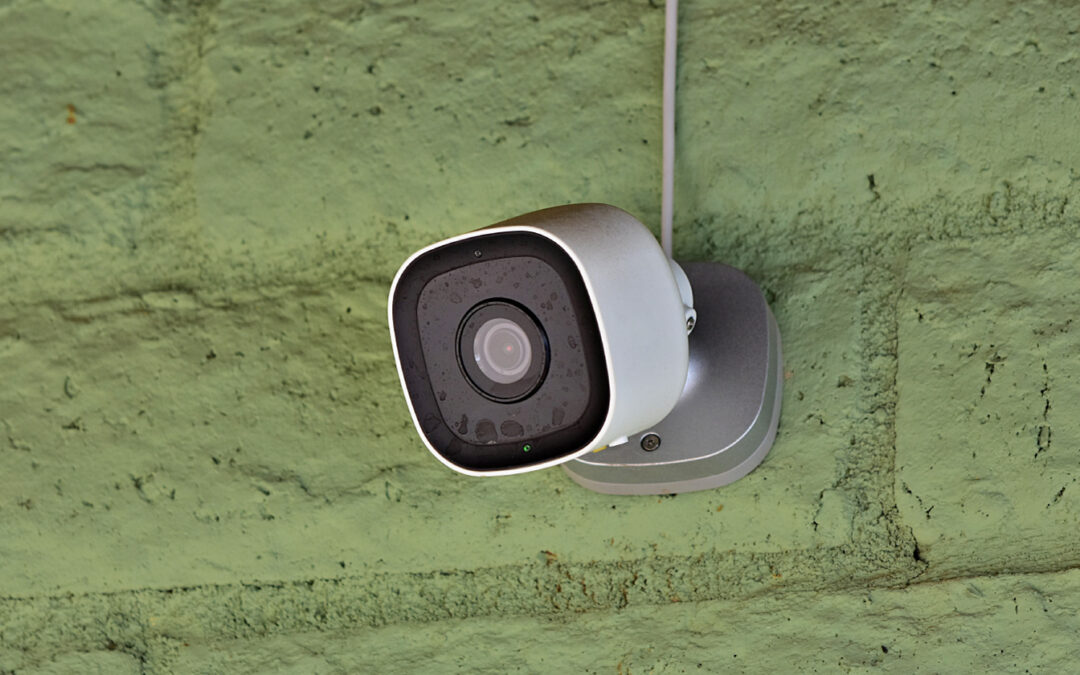In today’s digital age, security cameras play a crucial role in keeping our homes and businesses safe. With advancements in technology, we now have the option to choose between a WiFi camera and traditional security systems. But which option is the best fit for your security needs?
Understanding the Basics of a WiFi Camera
WiFi cameras, often referred to as IP cameras, are a modern solution for surveillance, leveraging your existing wireless network to provide coverage of your property. These devices stand out for their straightforward setup process, allowing homeowners and businesses alike to easily add or adjust their security configurations without the need for extensive wiring or professional help. Key features that enhance the utility of WiFi cameras include motion detection capabilities, which can send immediate alerts to your phone, night vision for clear images in low-light conditions, and two-way audio, enabling you to communicate through the camera. This level of convenience and control positions WiFi cameras as a flexible and accessible option for those looking to modernize their security approach.
The Traditional Security System: Tried and True
Traditional security systems have stood the test of time, serving as the backbone of property protection for generations. These systems utilize a network of wired cameras, ensuring a stable and constant connection that’s unaffected by the common fluctuations of wireless communications. Installation by professionals guarantees that every camera is optimally placed and fully integrated into a central monitoring station, offering unmatched surveillance coherence and dependability. The hardwired nature of these systems also significantly reduces the risk of hacking, providing an added layer of security against cyber threats. With superior video quality and larger storage capacities, traditional systems deliver a comprehensive security solution that’s designed for those who seek peace of mind through a more permanent and robust infrastructure. Despite their less flexible setup and higher upfront costs, the durability and reliability of traditional security systems make them a formidable option for long-term safety planning.
Weighing the Pros of a WiFi Camera
The flexibility of placement with WiFi cameras stands out as a major advantage, enabling users to adjust and move their cameras without the constraints of wires. This feature not only simplifies installation but also allows for dynamic reconfiguration of security coverage as needs change or as your space evolves. Moreover, the integration with smart home technology presents a seamless way to enhance security measures. Users can automate their systems and receive instant notifications on their smartphones, ensuring they are always in the loop, no matter their location. Access to live footage is another pivotal benefit, offering the ability to monitor real-time events from anywhere, provided there is an internet connection. This level of accessibility and convenience supports a proactive approach to security, empowering homeowners and businesses to respond swiftly to any suspicious activity.
Considering the Cons of WiFi Cameras
The vulnerabilities associated with WiFi cameras primarily revolve around their reliance on internet connectivity. A significant drawback is the potential for cyberattacks, exposing users to risks if their network security measures are not robust. These devices, being part of the internet of things (IoT), necessitate stringent security protocols to thwart unauthorized access, which might involve regular firmware updates and strong password practices. Another issue stems from their dependence on a consistent and strong WiFi signal. Fluctuations or interruptions in home or business WiFi networks can lead to lapses in surveillance coverage, which could be critical during security breaches. Furthermore, while these cameras offer the convenience of remote monitoring and easy installation, they might not match the video quality and storage capabilities of their traditional counterparts. Limited storage options could compel users to rely on subscription-based cloud services, introducing ongoing costs and potential privacy concerns. This highlights the importance of carefully considering the security infrastructure of your property to ensure it aligns with your expectations for protection and privacy.
The Benefits and Drawbacks of Traditional Systems
The robust nature of traditional systems lies in their direct connection, which eliminates the reliance on a potentially fluctuating WiFi signal, ensuring a constant, uninterrupted stream of surveillance. This setup is less vulnerable to hacking, making it a solid choice for those concerned about digital security breaches. Additionally, the video quality produced by traditional systems often surpasses that of WiFi cameras, capturing clearer images that can prove crucial during security investigations. These systems boast a superior capacity for local storage, negating the need for external subscriptions and maintaining the privacy of your data. On the flip side, the requirement for professional installation presents a higher initial investment, and the inflexibility of a wired setup might not suit every space or evolving security need. The commitment to a traditional system is a consideration for properties where modification or scalability may be anticipated, underscoring the necessity to weigh the permanence against potential future changes in security requirements.
Making the Right Choice for Your Security Needs
Deciding between WiFi cameras and traditional security systems hinges on assessing your individual security situation and what you prioritize most. For those leaning towards modern, adaptable solutions that integrate seamlessly with smart homes and offer the ease of remote monitoring, WiFi cameras emerge as a compelling choice. Their ability to adapt to changing environments and the convenience of installation underscore their appeal for dynamic, tech-savvy users. Conversely, for individuals or entities that place a premium on reliability, consistent surveillance without the dependency on internet connectivity, and a fortified defense against cyber threats, traditional systems stand out. These systems provide a sense of permanency and robustness, suitable for settings where security cannot be compromised by digital vulnerabilities or where modifications to the setup are unlikely. Ultimately, the decision rests on balancing the immediate and long-term security needs against the potential limitations and strengths of each option. Careful consideration of how these factors align with your security objectives will guide you towards the solution that best safeguards your property and peace of mind.

